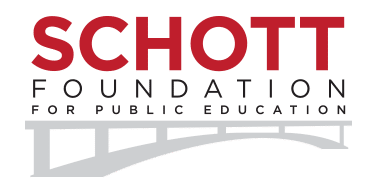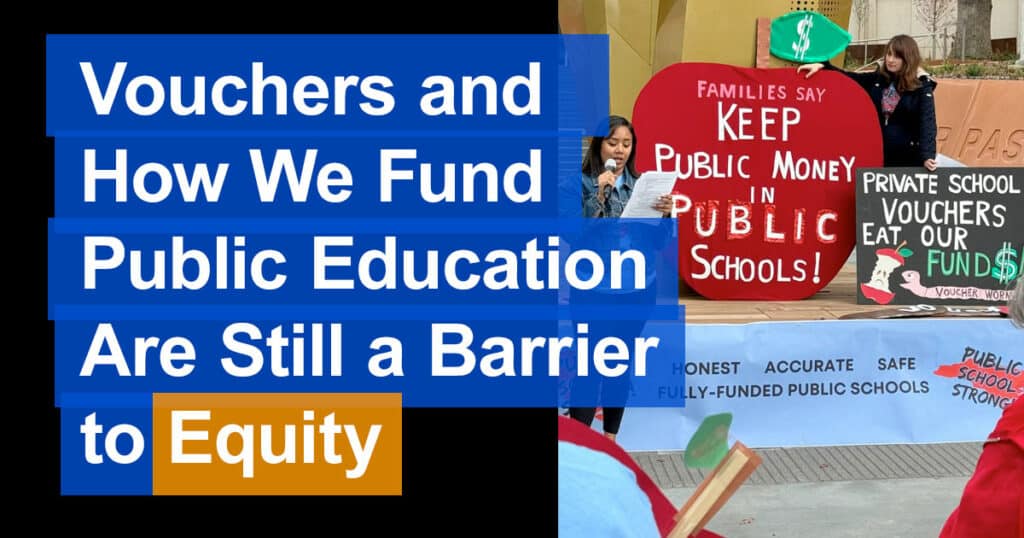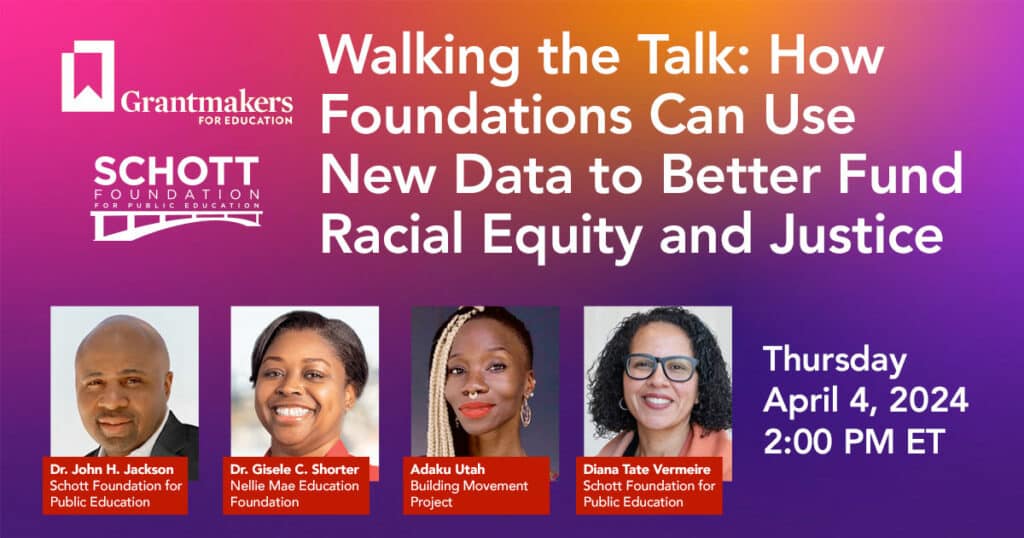Blog
COVID Turned a School Ventilation Crisis into a Nightmare: Here’s How We Fix It

What we do in school impacts us for the rest of our lives. But it’s not just about what we learn: it’s also the air we breathe.
Long before the COVID-19 pandemic, families, and educators were raising the alarm about dangerous air pollutants in U.S. schools. A 2018 report using EPA data found that of 90,000 schools tested for air quality less than one percent, only 728 schools, achieved the safest score.
Exposure to indoor pollutants at schools is also disproportionate by race. Black students are 16% of all public school students, but more than a quarter of them attend schools with the worst air quality. 52% of all students are white, but only 28% of them attend schools with the worst air quality.
These air quality problems mean more than a scratchy throat: they cause asthma in children, which is a leading cause of chronic illness absences, as well as headaches, allergic reactions, shortness of breath, and nausea. Concentrations of carbon dioxide from exhalation cause drowsiness and decreased mental performance. And because children are still developing physiologically, these problems can haunt them well into their adult lives. For all these reasons, Schott has included air quality as a key indicator in our Loving Cities Index.
The past decade of budget cuts and austerity has meant that critical maintenance of school buildings — particularly those that need it most — has been left on the drawing board. And into that fertile ground for infectious disease entered COVID-19.
So it’s a tragic inevitability that this summer in Boston, its hottest on record, less than half of school buildings that opened for summer learning had air conditioning. Elsewhere, such as in Colorado Springs, air conditioning systems in older buildings are failing right as students enter for the fall.
Breathe Easier: Federal Funding to the Rescue
To combat COVID-19, federal and state governments have allocated hundreds of billions of dollars, including large sums to improve school infrastructure. And fortunately, actions taken to minimize the pandemic threat in schools also address these longstanding air quality problems: modernized ventilation ducts, heating in the winter, cooling in the summer, HEPA filters, and less crowded classrooms will leave students and educators in even healthier environments than they had in 2019. The U.S. Department of Education has released a resource for districts on how American Rescue Plan (ARP) funds can be used on ventilation, as well as guidance for what can be done immediately to improve air quality.
One impressive example can be found in Virginia, where earlier this month Governor Northam signed a bill to provide $500 million to improve ventilation and air quality in public schools. In San Francisco, parent organizing just won a $2.9 million commitment from the school district to install new air purifiers in classrooms.
It’s Still Up to Us
But these kinds of improvements don’t just happen on their own, even when states get all the funding they need. Right now, the state of Arizona is using millions in federal ARP dollars to set up a voucher program to bankroll parents who want to send their children to private schools to avoid mask mandates.
The future of public education is at stake, and as ever, no one will come to our rescue but us. Only through educating, organizing, and mobilizing communities will these funds be directed toward health, equity, and racial justice. For parents, youth, educators and advocates, take a look at our organizing toolkit for ideas on how to get started. For philanthropy, now is the time to join us in committing serious resources to support these grassroots efforts.


